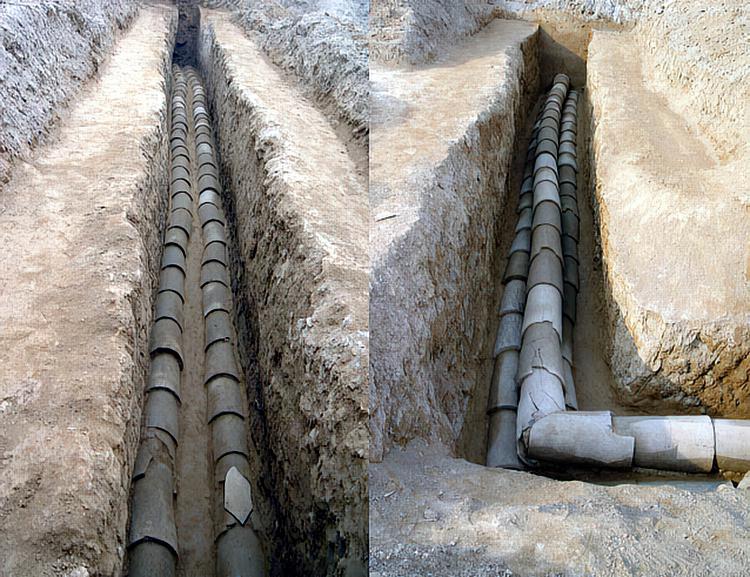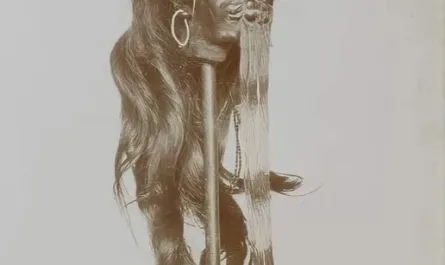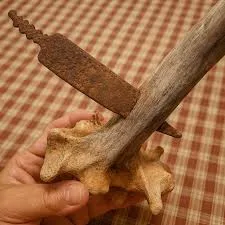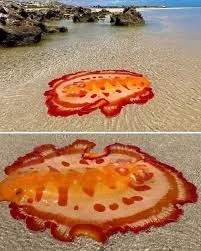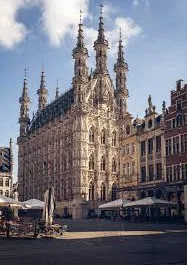This is a step well located in Patan city in Gujarat, India.
It is located on the banks of river Saraswati. Its construction is attributed to Udayamati, the wife of the 11th-century Chaulukya king Bhima I. Buried, rediscovered in the 1940s and restored in the 1980s by the Archaeological Survey of India. It has been listed as a UNESCO World Heritage site in India since 2014.
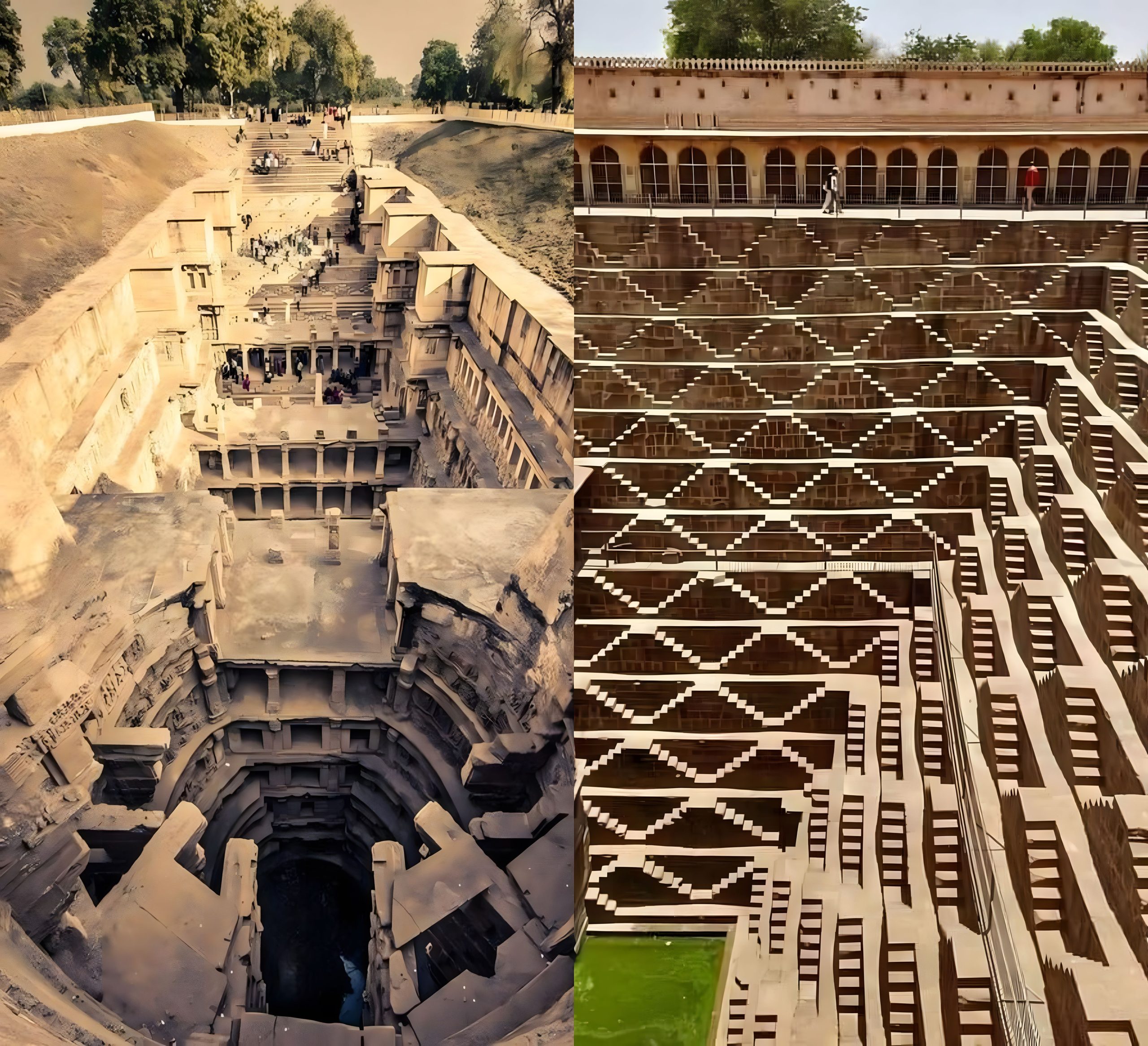
It is divided into seven levels of stairs with sculptural panels. These panels contain more than 500 main sculptures and over a thousand minors combining religious, secular and symbolic images.
It is believed to have been built in memory of Bhima I (1022 – 1064) by his queen Udayamati and was likely completed by Udayamati & Karna after his death, but it is unclear whether she was a widow when she commissioned it. The date of construction is set at 1032 based on architectural resemblance to the Vimalavasahi temple on Mount Abu, built in the same year.
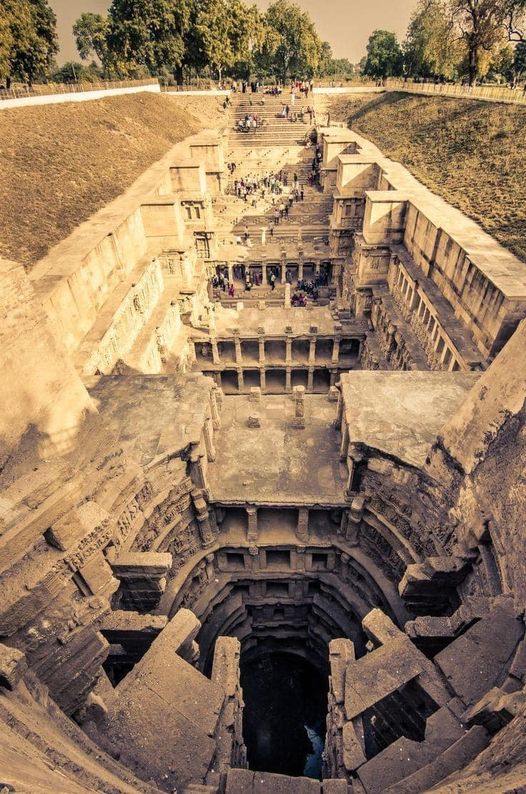
The step well was later flooded by the Saraswati River and buried. In 1890, Henry Cousens and James Burgess visited when it was completely buried underground and only the well and few pillars were visible. They described it as a huge well measuring 87 metres. In Travels in Western India, James Tod mentioned that the step well material was repurposed in the other step well built in modern Patan, probably Trikam Barot ni Vav (Bahadur Singh step well). In 1986, a major excavation and restoration was carried out by the Archaeological Survey of India (ASI). An image of Udayamati was recovered during the excavations.
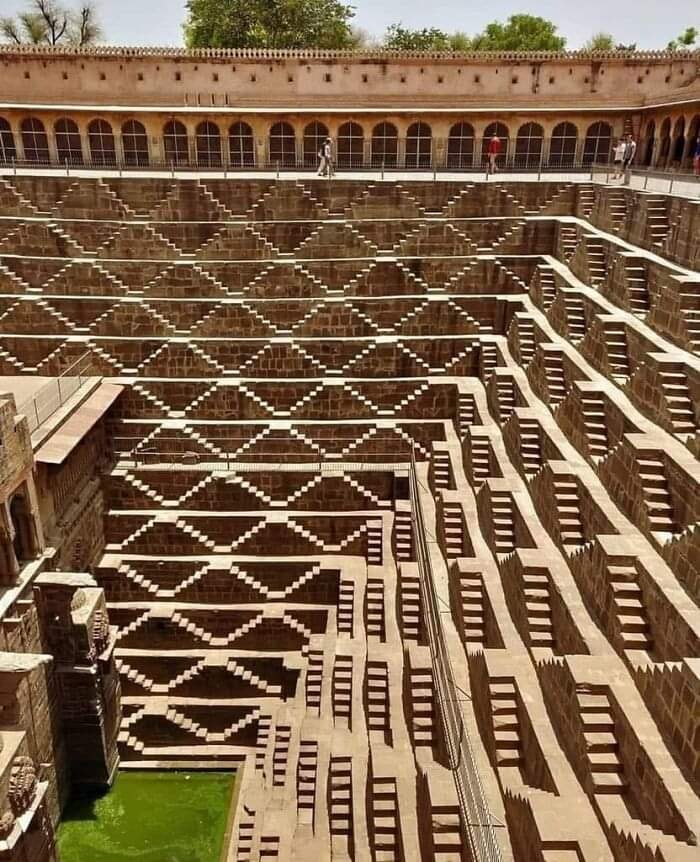
Rani ki vav is considered to be one of the best and largest example of stair architecture in Gujarat. It was built at the apex of craftsmen’s skill in making step wells and Maru-Gurjara architectural style, reflecting the mastery of this complex technique and the beauty of detail and proportions. The architecture and sculptures are similar to Vimalavasahi temple at Mount Abu and Sun temple at Modhera .
It has been classified as a Nanda step pit. Measures about 65 meters long, 20 meters wide and 28 meters deep. The fourth level is the deepest and leads to a rectangular tub measuring 9.5m by 9.4m at a depth of 23m. The entrance is to the east, while the well is at the westernmost end and consists of a well that is 10 meters in diameter and 30 meters deep.
The step well is divided into seven levels of stairs, which lead to a deep circular well. A stair corridor is divided into compartments at regular intervals with multi-storey pavilions with pillars. The walls, pillars, columns, supports and beams are decorated with carvings and wills. The niches in the side walls are decorated with elaborate figures and sculptures.
